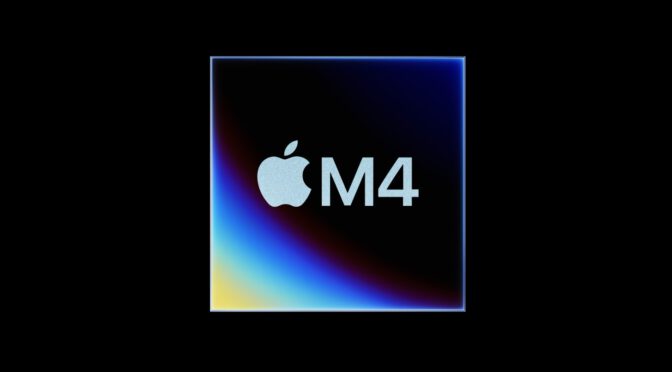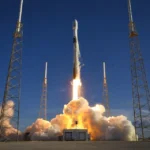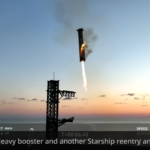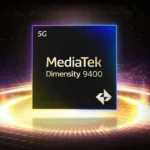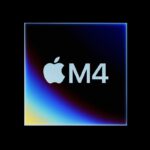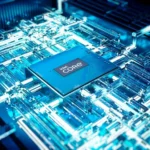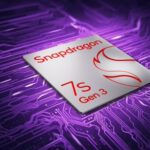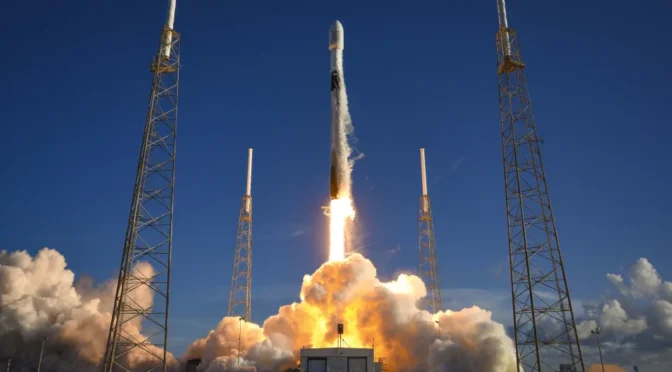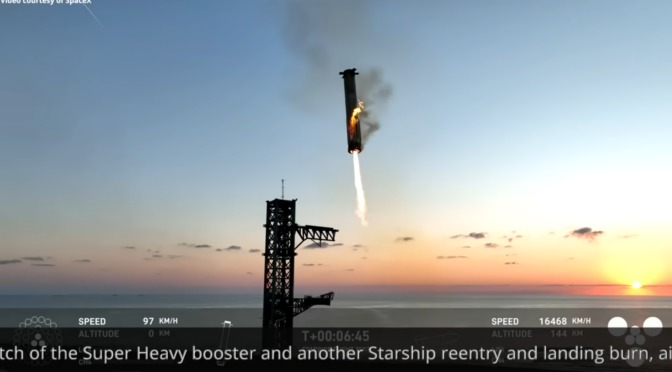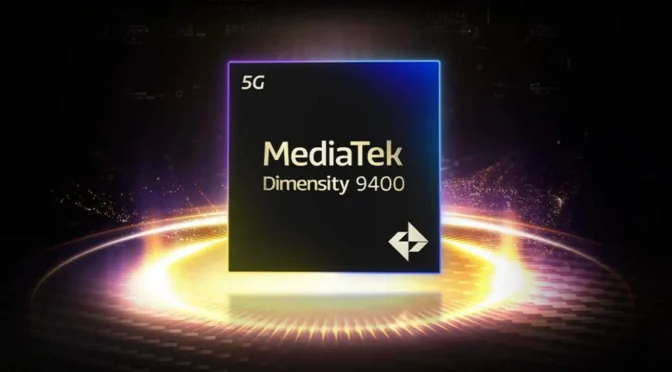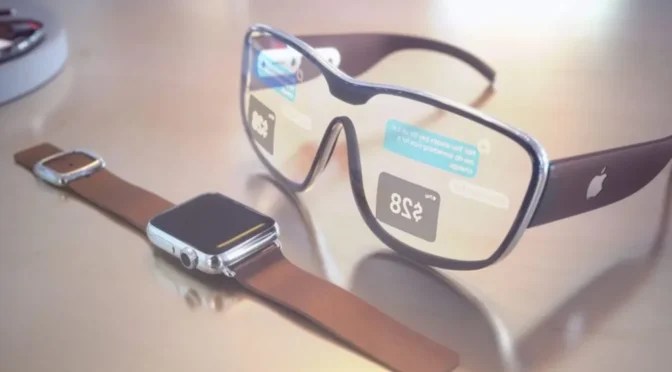Image credit: AppleApple M4 iMac with 16GB RAM: A New Standard in 2024
Apple has unveiled its latest M4 iMac, setting a new benchmark with 16GB of RAM as the default. This update signals Apple’s shift toward more memory. So Apple acknowledges the rising demands of memory-intensive apps, especially in the AI and creative sectors. So Apple admitts 8GB RAM isn’t enough. Let’s dive into what makes the new Apple M4 iMac with 16GB RAM stand out.
M4 Processor with Enhanced Performance
The M4 iMac debuts Apple’s latest silicon, first seen in the iPad Pro series. The M4 can be configured with eight or ten CPU and GPU cores, along with a robust neural processing unit (NPU) reaching 38 TOPS in processing power. Although this trails behind some competitors, the improved NPU promises to drive a range of new “Apple Intelligence” features, with more capabilities expected in a December update.
16GB RAM Becomes the New Baseline
For years, Apple insisted that 8GB of RAM was sufficient, but the demand for high-performance memory has clearly influenced the new Apple M4 iMac with 16GB RAM. This upgrade accommodates resource-hungry tasks, particularly generative AI applications, while providing a smoother experience in workflows like image editing and gaming. Apple claims this new model delivers up to 1.7 times faster productivity and 2.1 times better performance in demanding tasks compared to the M1 iMac.
Additional Hardware Updates
Apple has refreshed other iMac features, including a new 12 MP “Center Stage” webcam, enhancing video calls and streaming quality. The iMac also introduces a nano-texture antiglare display option, available for an extra $200. Additionally, Apple’s latest Magic Keyboard, Trackpad, and Mouse now include USB-C charging ports, signaling the end of Apple’s Lightning standard.
Availability and Pricing
The new Apple M4 iMac with 16GB RAM is available for pre-order now, starting at $1,299, with options scaling up to $2,899. These models will arrive in stores on November 8. Although there’s no word on updates to the MacBook or Mac Mini, Apple’s newest iMac marks a clear step forward for users needing robust, AI-ready hardware.
Apple: 8GB RAM isn’t enough
As Apple adapts its hardware to meet growing industry demands, the M4 iMac with 16GB RAM is likely just the beginning of the company’s push toward more powerful, future-proofed devices.
Source: Techradar.
